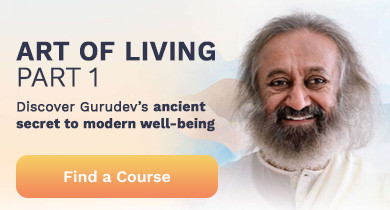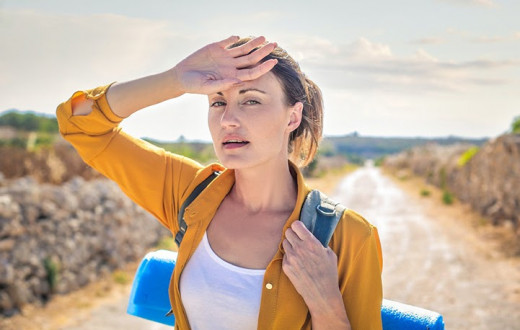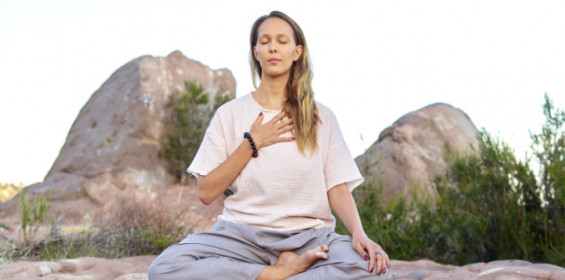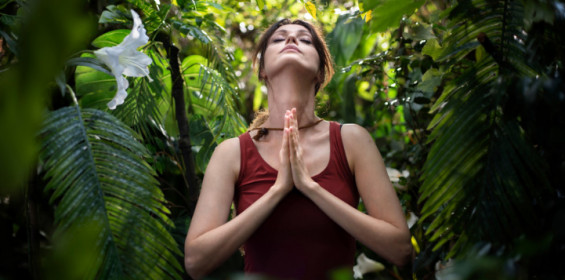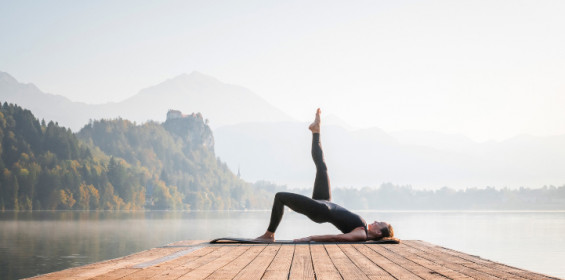By Isha Sharma | Posted: May 16, 2018
Different smells can unlock different emotions, rekindle memories and help us relive moments. Aromatherapy is a fascinating science and an alternative medicine and healing technique that uses volatile plant materials, known as essential oils, to attend to various physical and mental conditions. It uses a range of essentials oils to boost mental, emotional, and physical health and well-being. Essential oils in aromatherapy are either inhaled directly or are used in a diffuser. They are also often mixed in massage oils or baths and skin care products to apply on the body.
Here is a range of oils you can use for common conditions:
For sleep:
Lavender: calming, soothing and inviting; rubbing a few drops of lavender on your pillow can be a lullaby for a good night’s sleep.
Ylang Ylang: literally meaning ‘flowers of flowers’ this floral, fruity oil balances energies, supports focus, and restores peace
Cedarwood: earthy, woody, grounding - cedar oil can give the much needed cozy feeling of settling in, winding down, and relaxing.
For migraines:
Peppermint: this sweet-smelling scent has a cooling effect on the body and is known to inhibit muscle contractions and stimulate blood flow in the head region - making it an effective antidote to migraine.
Rosemary: known for its anti-inflammatory and analgesic properties, rosemary is an age-old essential oil known to treat headaches
Lavender: because of extensive research on lavender’s benefits to the cerebral cortex and the limbic system, this essential oil wins again for its analgesic, sedative and calming properties.
For uplifting your spirit:
Bergamot: gives you the comforting and invigorating spark needed to bring the zing to your day, shrug off tiredness and relieve stress.
Jasmine: an everlasting favourite, jasmine’s sweet vibrance eases and energizes you at the same time
Orange blossom: its tangy, fruity mixed with floral tones create confidence and calm.
For meditation:
Frankincense: one of the most effective oils for meditation and spiritual purposes, frankincense is an effective aromatherapy tool for meditation because of its neurologically calming properties and benefits, giving one the relaxed state of mind needed for meditation
Myrrh: like frankincense, myrrh is known for its use for spiritual and religious purposes. It increases alertness and calmness at the same time and is both uplifting and grounding.
Sandalwood: the rich, grounding scent of sandalwood has been used for centuries in the East for purification and spiritual purposes. Sandalwood has one of the highest levels of sesquiterpene, a compound that aids in alleviating stress, cultivating focus, and bringing calm and tranquility.

Guidelines
Remember to dilute the above oils with a carrier oil whenever you are applying them to the skin. Essential oils are never applied directly to the skin and must always be diluted with a carrier oil to prevent damage and allergic reaction. A few drops of essential oil to an ounce of carrier oil, such as olive oil, avocado oil, grapeseed oil or sweet almond oil, is often the ideal concentration.
Also, always do an allergy test before trying a new essential oil. This includes diluting the essential oil in a carrier oil and rubbing the mixture on a small area on the inside of the forearm. If there is no allergic response within 24 to 48 hours, the essential oil should be safe to use. Essential oils should also never be taken internally as they may cause damage to the liver, kidneys and the nervous system.
Conclusion
Our nose is the gateway to uplift our mind, boost our mood and elevate our spirit. Aromatherapy, founded more than 10,000 years ago, is a simple yet powerful means to facilitate internal and external healing and positive transformation. However, make sure to use it wisely, buy a trustworthy quality and brand of essential oils and consult a professional aromatherapist in the case of more serious and chronic conditions.
Happy inhaling!
By Isha Sharma, a global nomad native to the Himalayas and raised across six countries. Youth Ambassador and Instructor at the Art of Living, E-RYT 300 Yoga Teacher, Social Worker, Nutritionist and Mind-Body Wellness Writer.
